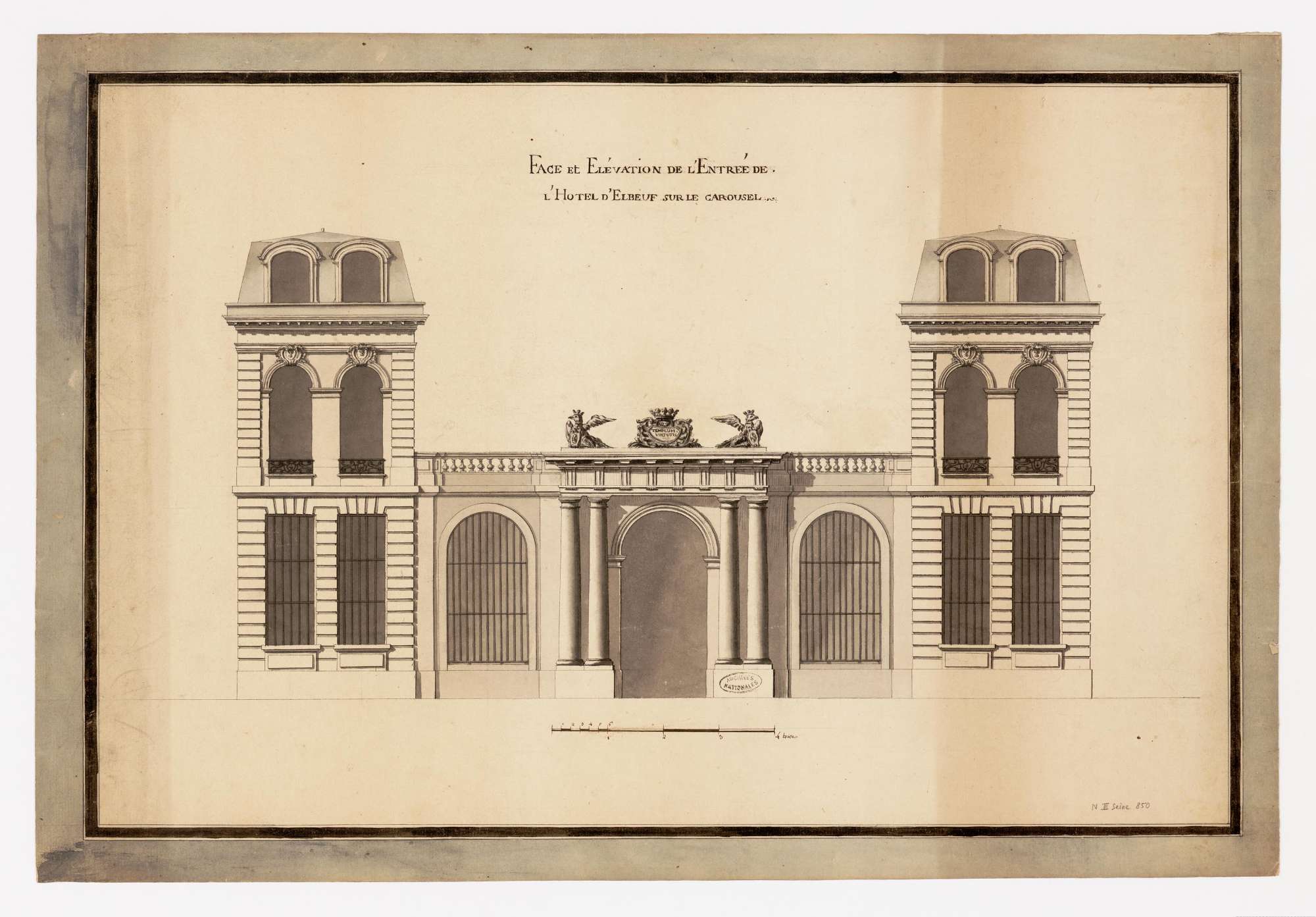The recording of last November’s Roundtable, ‘The French Revolutionary Terror from the Margins: The Letters of the duchesse d’Elbeuf‘, is now available online. This event was organised as part of the Modern French History Seminar series at the Institute of Historical Research in London (IHR). It was chaired by Dr Sanja Perovic (KCL).
The Roundtable is in four parts. It begins with a presentation by Dr Richard Taws (UCL), co-curator of an ongoing exhibition at UCL Art Gallery which featured the duchess, ‘Witnessing Terror: French Revolutionary Prints, 1792-4’ (see the blog post from 18 February 2020 for further details on this). From 10m40s in the recording, Colin Jones takes over to give an overview of the Letters and of the life and character of the Duchess herself. Next, at 26m08s, Simon Macdonald takes over to address how the Letters were handled by the revolutionary authorities after the Duchess was denounced and arrested in January 1794. Finally, from 32m50s, Alex Fairfax-Cholmeley introduces the translation work which forms another part of the project, and provides the audience with further highlights from the Letters that offer insight into the content and style of the Duchess’ writing.
The IHR Modern French History seminar has recordings of many other events and discussions available via the French History Network Blog (linked to The Society for the Study of French History).

